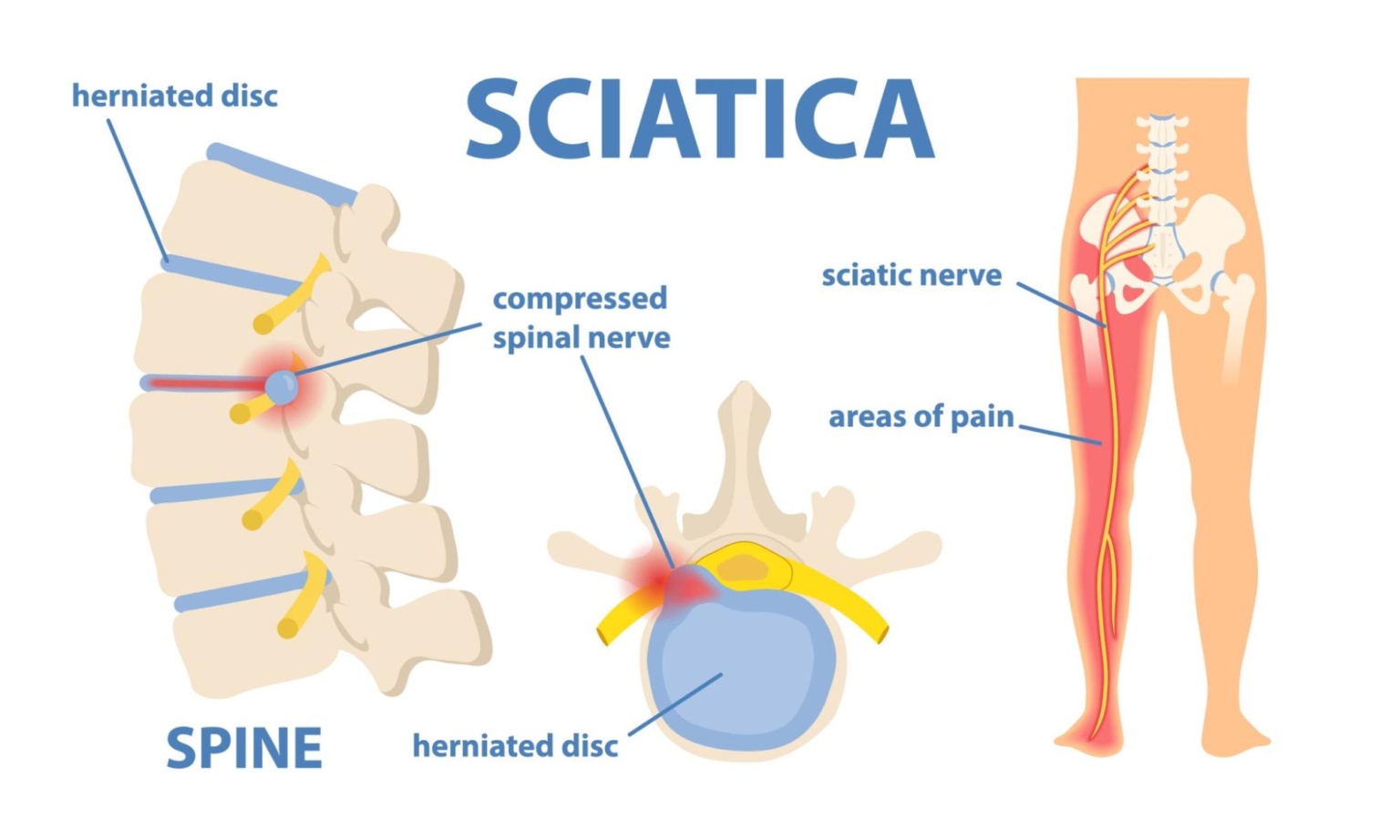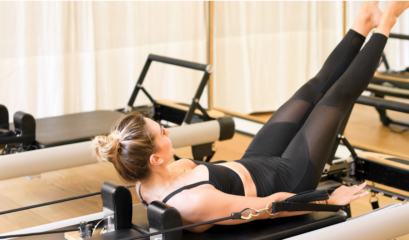Dealing with sciatica can be challenging, but with the right knowledge, you can find relief. In this article, we explore what causes sciatica, how to recognise its symptoms, ways to find quick relief for sciatica pain, and effective exercises for sciatica. Remember to consult a professional physiotherapist before starting any exercises or treatments.
What Is Sciatica?
Firstly, it’s important to understand that sciatica is not a condition itself, but rather a symptom of an underlying condition. It refers to pain that radiates along the path of the sciatic nerve, which branches from your lower back through your hips and buttocks and down each leg. Typically, sciatica affects only one side of your body.
This pain is usually caused by compression or irritation of the sciatic nerve or the nerve roots in the lower spine. It is estimated that around 70-90% of the Australian population will experience back pain at some point in their life, with a further 5-10% of those cases experiencing sciatica.
What Causes Sciatica?
Understanding the causes of sciatica is crucial to managing and finding relief from the condition. Common culprits include herniated discs, muscle spasms, spinal narrowing, degenerative disc disease, and even pregnancy. Most of these higher level causes occur through other means, such as:
- Improper lifting techniques: Weight lifting or heavy physical work can lead to sciatica if done improperly. When lifting, it’s crucial to use the proper form and engage your legs instead of your back. Bending at the waist and twisting the body while lifting can put excessive pressure on the spinal discs, which may lead to herniation, a common cause of sciatica.
- Prolonged sitting: Sedentary lifestyle habits, such as long hours of sitting, can contribute to sciatica. This is because prolonged sitting can compress the spine and lead to disc degeneration or herniation, which can then press on the sciatic nerve.
- High-impact activities: High-impact sports or activities, such as running or jumping, can sometimes contribute to the onset of sciatica. These activities can put extra pressure on your spine and can lead to conditions like spinal stenosis or herniated discs, which can trigger sciatica.
- Poor Posture: Poor posture, especially when sitting or standing for long periods, can put undue stress on the lower back and can lead to spinal problems, potentially triggering sciatica.
- Obesity: Excess body weight can also contribute to sciatica. Extra weight can add stress to your spine, increasing the risk of spinal changes that can trigger sciatica, such as herniated discs or spinal stenosis.
- Age: Age-related changes in the spine, such as degenerative disc disease and bone spurs, are common causes of sciatica. While you can’t control aging, staying physically active and maintaining a healthy weight can help manage the risk.
- Pregnancy: The weight gain and shift in the center of gravity during pregnancy can put pressure on the sciatic nerve. Hormonal changes during pregnancy can also lead to inflammation and can make the tissues that make up the spine more prone to injury.
Remember, if you have sciatica or are at risk, it’s important to consult a healthcare professional for a proper diagnosis and treatment plan. Some individuals might benefit from exercises that strengthen the back muscles, improve flexibility, and promote proper posture. However, these should be performed under the guidance of a physical therapist or another qualified professional to prevent exacerbating the condition.
The Symptoms of Sciatica
Sciatica symptoms usually occur on one side of the body and can range from mild to severe. They often start gradually and can worsen over time. Common symptoms include:
- Pain: This is the most common symptom. Sciatic pain can vary widely. It might feel like a mild ache, a sharp burning sensation, or severe discomfort. The pain is often worse when sitting, coughing, or sneezing.
- Radiating pain: Pain often radiates along the path of the sciatic nerve, from the lower back, through the buttocks, and down the back of one leg. Some people also feel pain in the front or side of the legs or in the hips.
- Numbness, tingling, or weakness: These sensations often occur in the leg or foot on the side of the affected nerve. Some people describe the feeling as pins and needles, while others may experience muscle weakness or difficulty moving the leg or foot.
- Difficulty moving: In severe cases, sciatica can make it difficult to move the leg or foot, which can affect walking or standing.
- Loss of bowel or bladder control: This is a rare but serious symptom that can accompany sciatica. It requires immediate medical attention, as it can be a sign of a severe condition called cauda equina syndrome.
The intensity of symptoms can vary, with some people experiencing infrequent, irritating pain and others suffering from constant, incapacitating pain. Regardless, it’s important to seek medical attention if you’re experiencing symptoms of sciatica. A healthcare professional can provide a diagnosis and guide you through appropriate treatment options.
Quick Relief for Sciatica Pain
When sciatica pain strikes, there are several measures you can take for quick relief. Applying cold or hot packs to the affected area can help reduce inflammation and alleviate sciatica pain. Maintaining good posture, avoiding prolonged sitting, and using supportive cushions can also provide relief. Remember, these measures offer temporary relief and should be combined with targeted treatment via consultation with an experienced physiotherapist.
Effective Exercises for Sciatica
Exercise plays a significant role in managing and alleviating sciatica pain. Here are some effective exercises for sciatica relief:
1. Piriformis Stretch
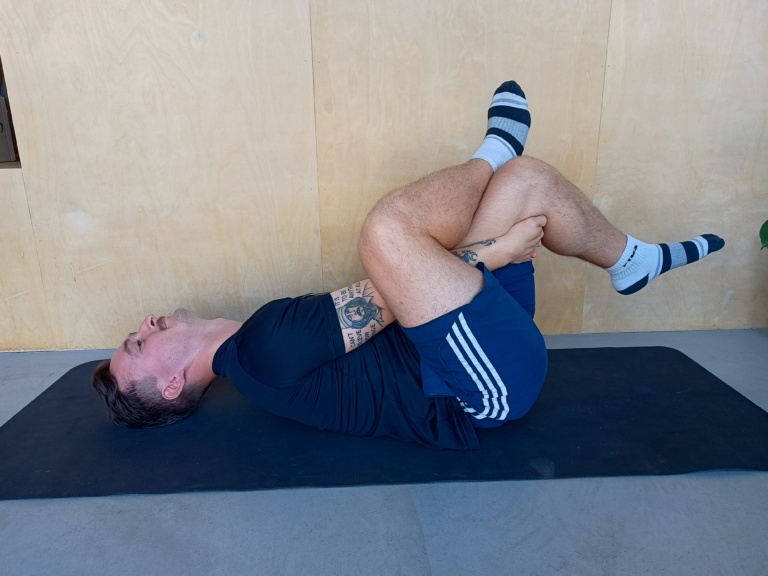
Lie on your back, cross one leg over the other, and gently pull the knee towards the opposite shoulder. Hold for 20 seconds, switch legs, and repeat 5 times on each side to help relieve sciatica symptoms.
2. McKenzie Extension Exercises
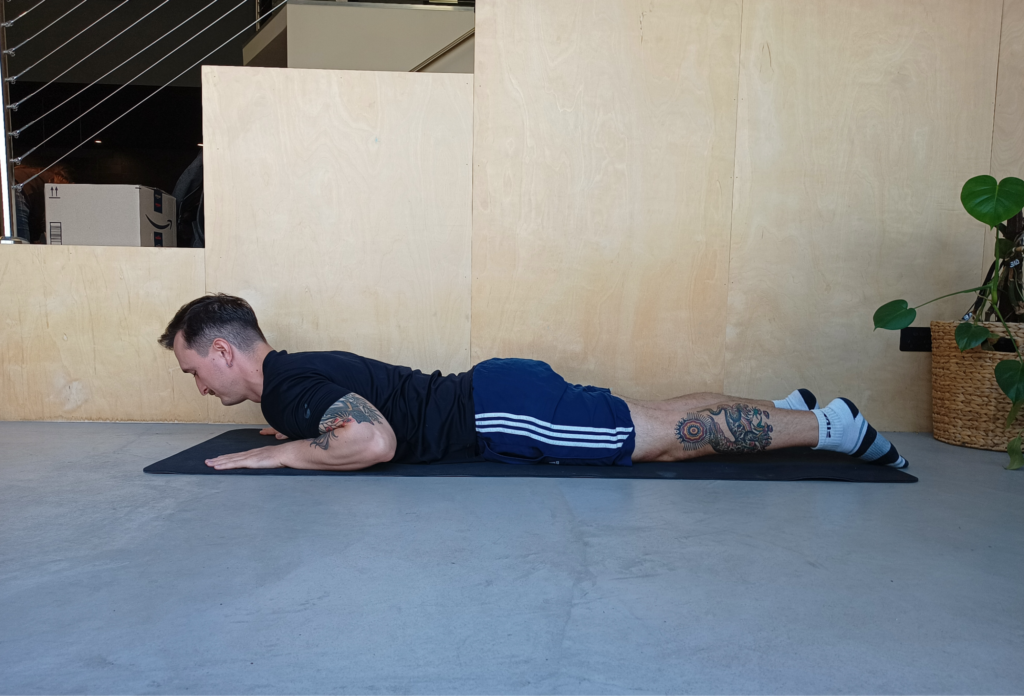
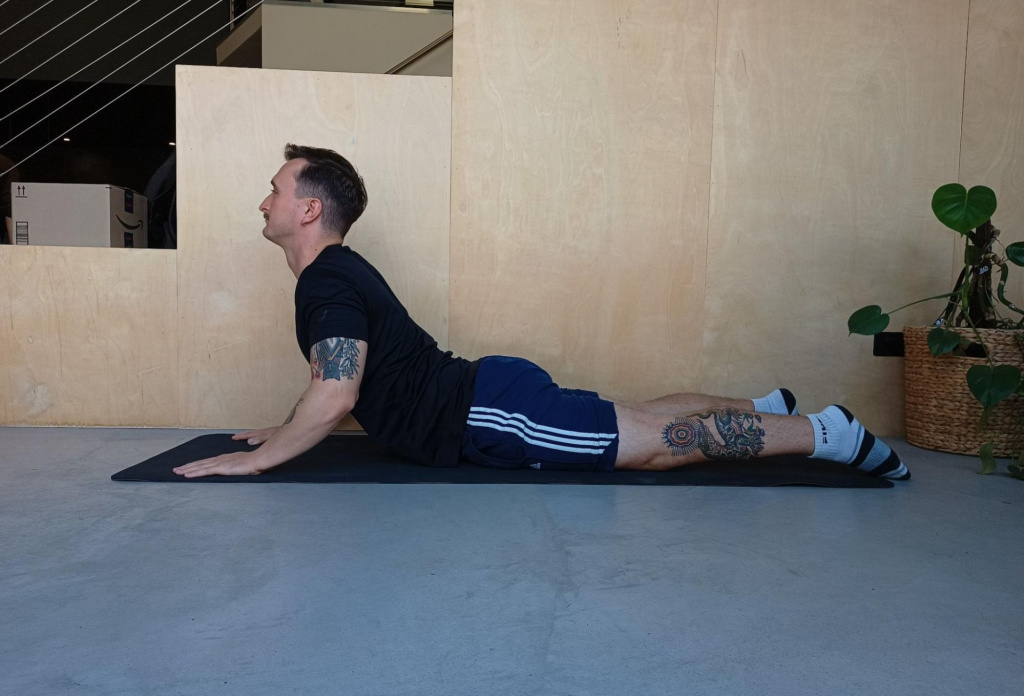
Lie on your stomach, resting on your elbows. Push your upper body up while keeping your pelvis on the floor, allowing your back to arch gently. Hold for a few seconds and repeat 5 times. McKenzie extension exercises can help reduce sciatica pain caused by certain spinal conditions.
3. Core Strengthening
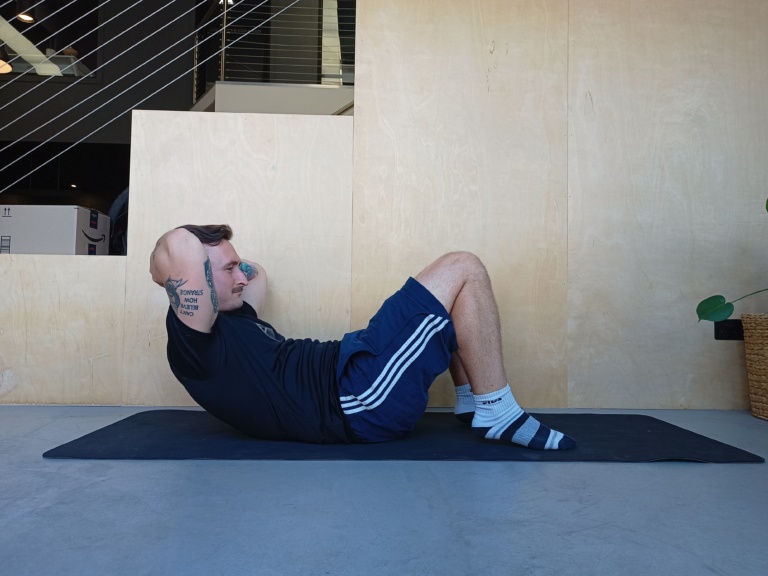
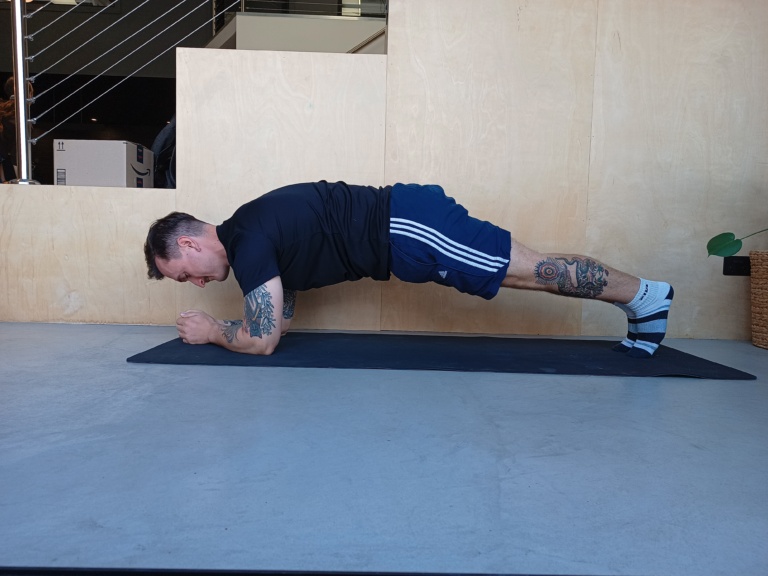




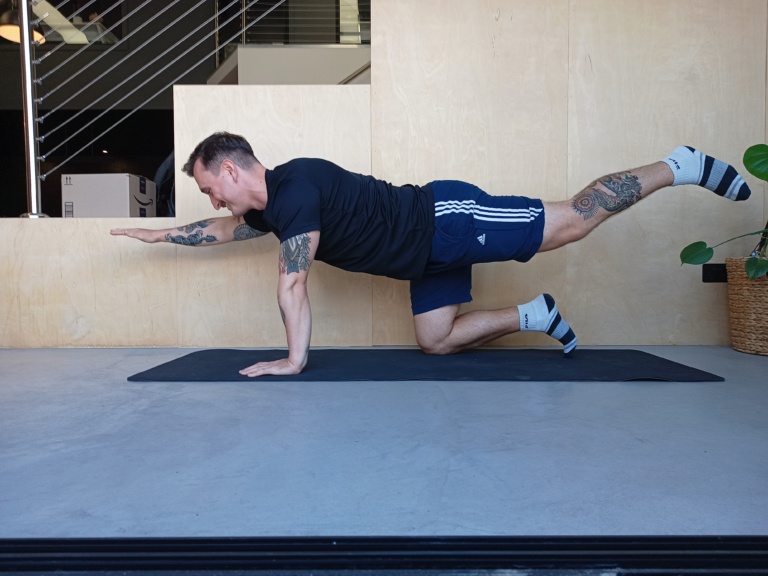
Engage in exercises that target your core muscles, such as abdominal crunches (only if crunches do not increase your back pain), planks (side planks, back planks, normal planks, arch holds, and hollow holds), or bridges. Aim to do some or all of these everyday. Strengthening your core can help support your spine and reduce sciatica symptoms.
Remember, it’s important to work with a professional physiotherapist who can guide you through these exercises, ensure proper form, and provide personalised recommendations for sciatica relief.
If you’re dealing with sciatica, book an appointment with Benchmark Physio today.


